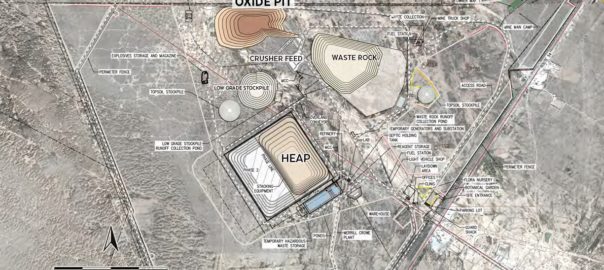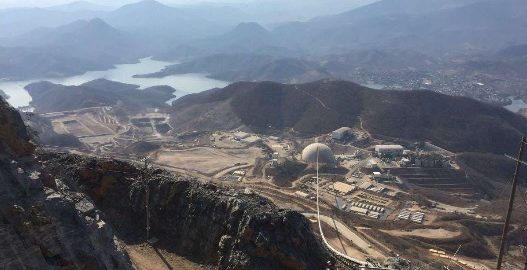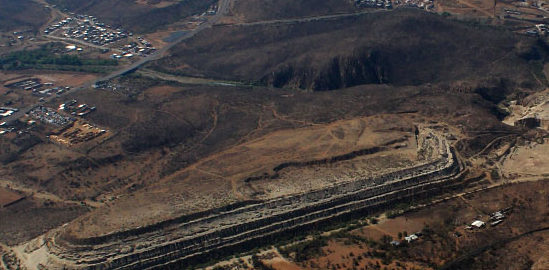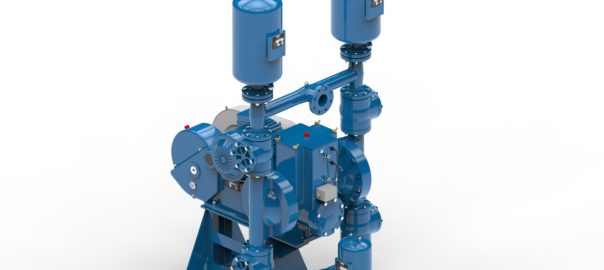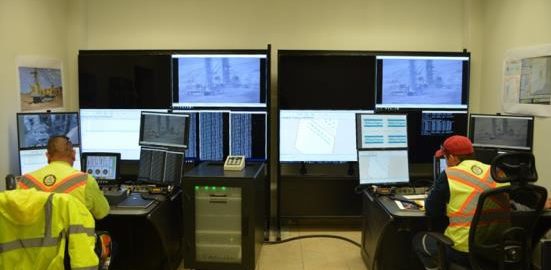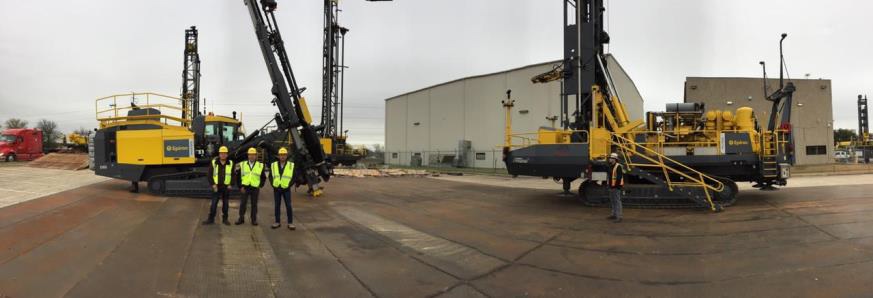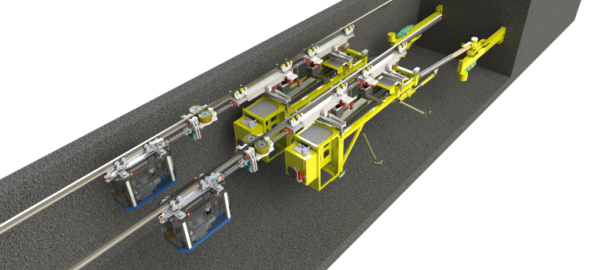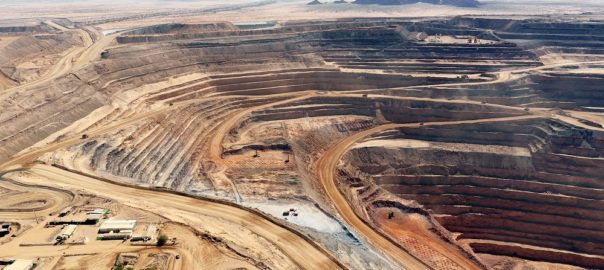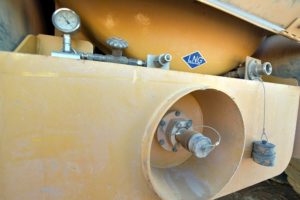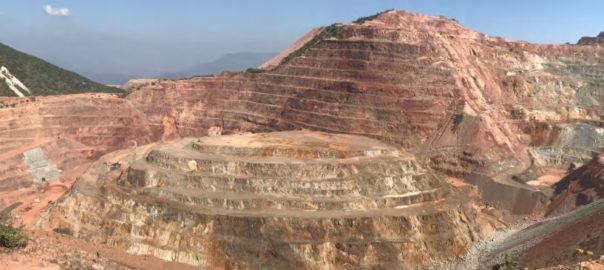As part of a significant investment to improve its processing facilities and enable the recovery of 40% of the gold that currently sits in its tailings as waste, a mining operation in Mexico called in a leading transfer point and chute systems equipment manufacturer to conduct a thorough assessment on the functionality of existing chutes in the plant.
Weba Chute Systems & Solutions, leveraging its knowledge of material behaviour in chute systems, was tasked with establishing the feasibility of introducing filtered tailings at a rate of 1,200 t/h onto the existing transfer system currently handling waste with a nominal size of 400 mm at a rate of 5,000 t/h.
While the intention is for the filtered tailings to be conveyed when the waste rock is available, it would still mean the same chutes would need to function transferring completely different material, according to Alwin Nienaber, Technical Director of Weba Chute Systems.
“Optimally, one should be able to assess a working transfer chute handling the actual material, however in the case of a feasibility assessment this is not possible, and we therefore started with a review of the test work and studies prepared by independent qualified professional materials handling experts.”
This was done by Weba Chute Systems & Solutions calibrating the material conditions and behaviour using discrete element method (DEM). Nienaber said: “Use of DEM allowed our technical team to model the interaction between individual particles and boundaries and, in so doing, to accurately predict the bulk solids behaviour.”
Access to DEM software allows engineers to predict bulk material flow patterns and flow rates as well as velocity patterns and dead zones within a transfer system, according to Weba. It also provides accurate information on particle distribution in segregation and blending and the impact forces on particles and boundary surfaces, showing wear patterns.
The feasibility assessment included the transfer of sedimentary dry tailings, sedimentary filter cake, breccia dry tailings and breccia filter cake. DEM modelling was carried out considering material on its own and conditions where blended material would be conveyed.
In total, there were four conveyor transfer points that had to be assessed. These included an inline transfer point, a 90° transfer point, a transfer from conveyor to radial spreader intermediate conveyor and then onto the spreader boom conveyor.








